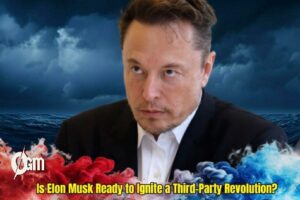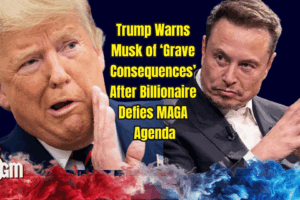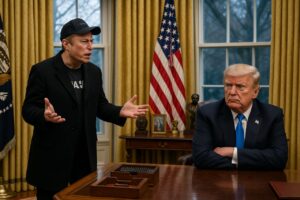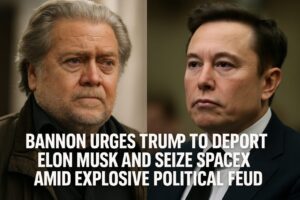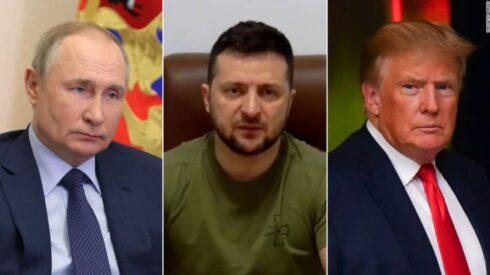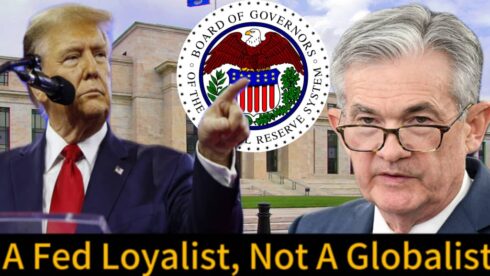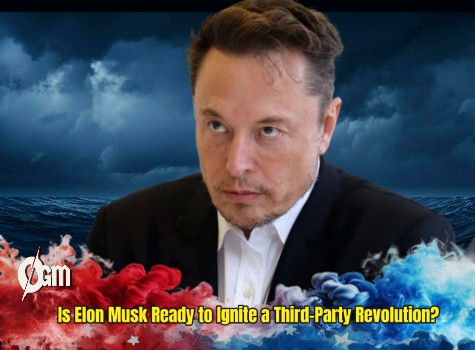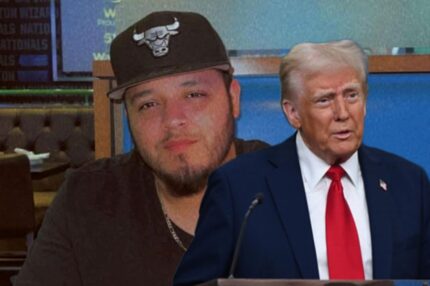President Donald Trump’s push for a rapid ceasefire in Ukraine has faced major setbacks due to inconsistent diplomacy and miscommunication. Despite Trump’s announcement of a partial ceasefire agreement with Russian President Vladimir Putin, Russian forces continued their assaults on Ukrainian territory, particularly targeting civilian areas. The lack of immediate compliance raised questions about the credibility and enforceability of Trump’s diplomatic initiatives.
Additionally, Trump’s proposal for an American-led privatization of Ukraine’s power plants was not formally acknowledged or confirmed by Ukrainian President Volodymyr Zelenskyy. This has led to confusion about the terms of the ceasefire and the broader implications of U.S. involvement in Ukraine’s economic recovery. With negotiations set to continue in Riyadh, diplomatic clarity will be essential, but the likelihood of a breakthrough remains uncertain.
The Complexity of Achieving a Ceasefire
The reality on the ground presents formidable obstacles to any ceasefire agreement. Russian drone strikes on the Ukrainian city of Odesa, despite a supposed commitment to halt attacks on energy facilities, highlight the difficulty of enforcing even partial ceasefires. The continued hostilities reinforce Ukraine’s skepticism about Russia’s intentions and the effectiveness of Trump’s diplomatic interventions.
Beyond immediate military actions, the challenge lies in establishing a ceasefire that both sides will honor. While Ukraine has been open to limited agreements on humanitarian grounds, Russia has shown little interest in a temporary cessation of hostilities without broader security guarantees. Trump’s team has also struggled to reconcile the different expectations of Ukraine, Russia, and Western allies, making it difficult to achieve meaningful progress.
Divergent Views on Trump’s Mediation Capabilities
Trump’s efforts have drawn mixed reactions from political figures and foreign policy analysts. Former Ukrainian Foreign Minister Dmytro Kuleba has voiced skepticism, arguing that Trump’s diplomatic approach underestimates the deep-rooted tensions between Russia and Ukraine. According to Kuleba, the conflict can only end with either Ukraine or Putin prevailing, leaving little room for Trump’s proposed negotiated settlement.
Within the U.S., reactions are similarly divided. Senator Lindsey Graham has praised Trump’s willingness to push for peace talks but remains doubtful about Russia’s commitment to any agreement. On the other hand, Representative Victoria Spartz, a Ukrainian-born U.S. lawmaker, has argued that Trump is the only leader capable of pressuring Putin into serious negotiations. The division in opinion underscores the uncertainty surrounding Trump’s ability to deliver a lasting resolution.
Russia’s Reluctance and Strategic Maneuvering
Russia has not shown enthusiasm for Trump’s proposed ceasefire plan. Foreign Minister Sergei Lavrov has outright dismissed the initiative, calling it a “road to nowhere.” Moscow fears that Ukraine might use a ceasefire to rearm and strengthen its military position, making it unlikely that Putin will agree to a pause in fighting without significant concessions.
Putin has made it clear that any negotiation must address what he sees as the root causes of the war, particularly NATO expansion and Ukraine’s sovereignty. His insistence on a broader settlement rather than a temporary ceasefire complicates Trump’s attempts to secure a quick resolution. By rejecting an interim deal, Russia is signaling that it will not accept half-measures and will instead push for terms that align with its long-term strategic goals.
A Ceasefire Proving Harder Than Promised
President Trump entered office with bold claims that he could end the Ukraine war quickly, but his efforts have met significant resistance. His reliance on personal diplomacy has not yielded immediate results, and Russia remains unwilling to compromise without major security guarantees. Meanwhile, Ukraine is wary of any deal that does not ensure its long-term sovereignty and security.
The complexity of the conflict, coupled with differing strategic objectives and political constraints, has made achieving a ceasefire far more difficult than Trump initially anticipated. While negotiations continue, the likelihood of a swift and lasting peace remains uncertain.


